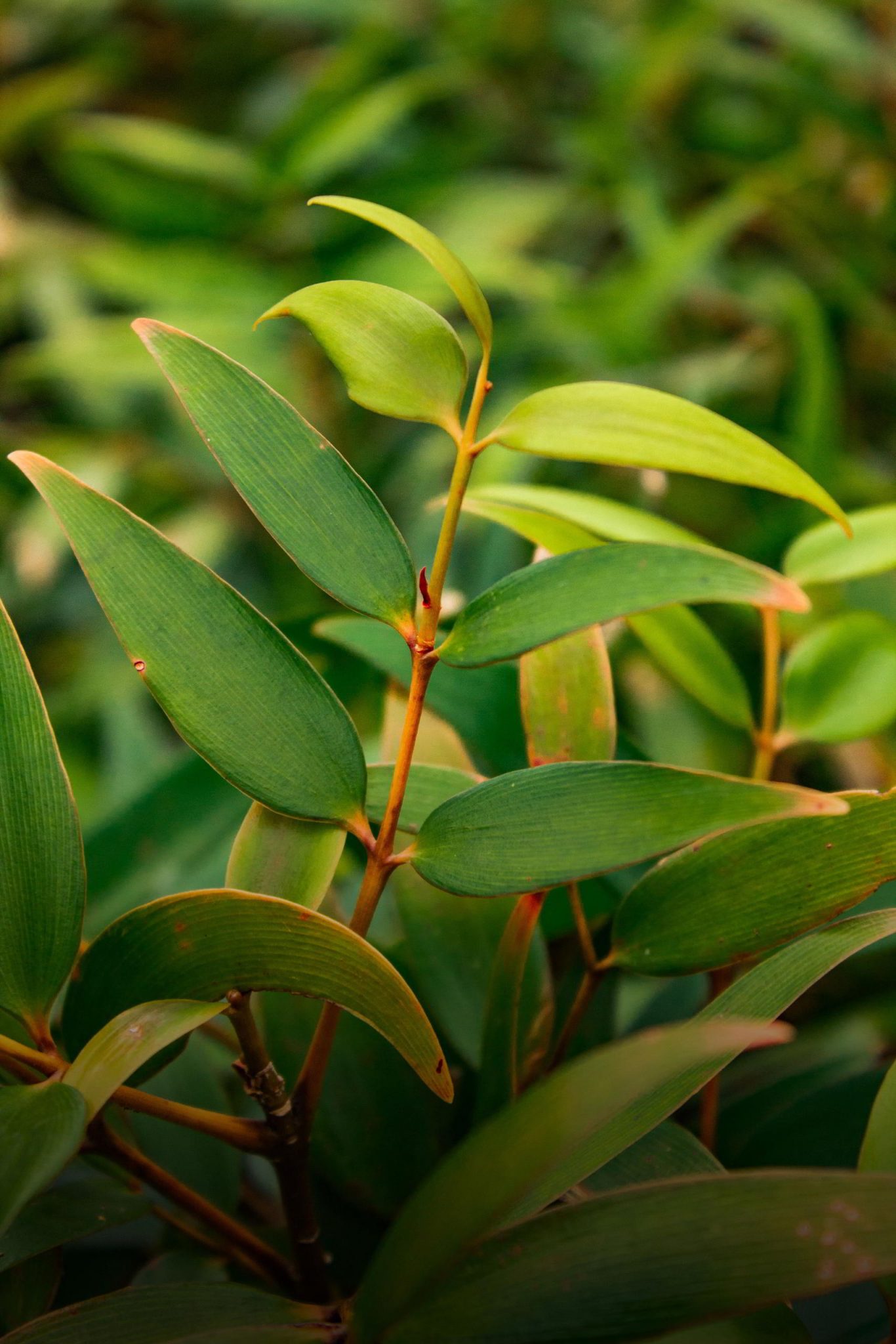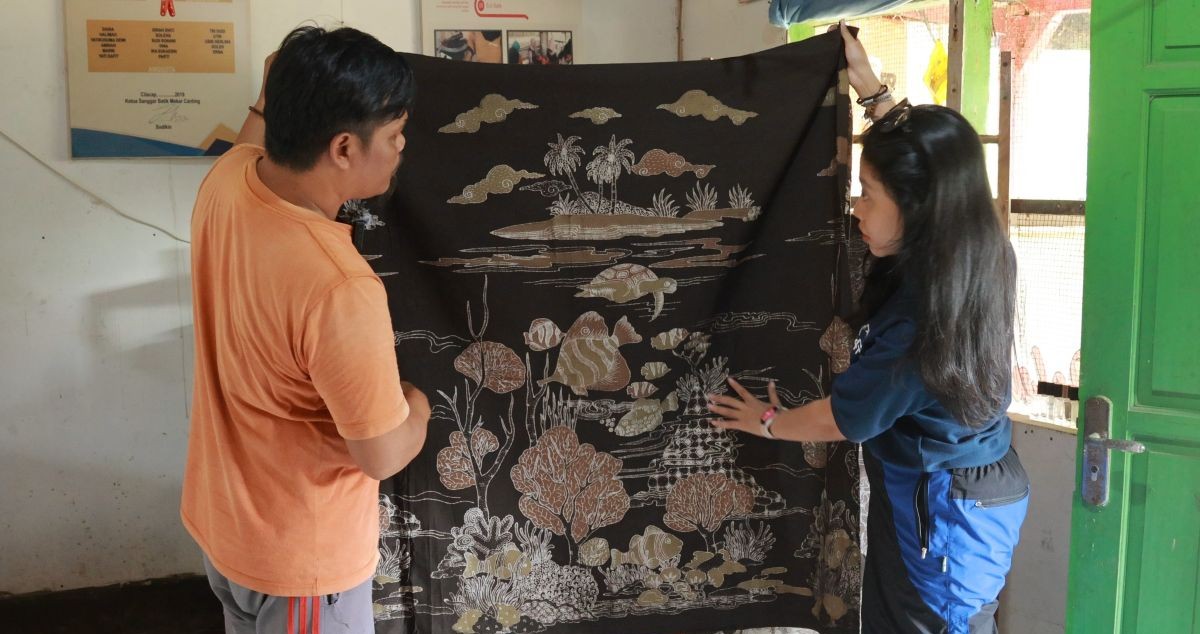Common Name |
Dammar pine |
Description |
Agathis dammara is a plant of the subhumid highlands in the tropics, where it is found at elevations from 300 – 1,600 metres. It grows best in areas where annual daytime temperatures are within the range 28 – 34°c, but can tolerate 12 – 38°C. It prefers a mean annual rainfall in the range 2,500 – 3,500mm, but tolerates 2,000 – 4,000 mm. Agathis dammara is a medium-large conifer up to 60 metres in height found in tropical rainforests, growing from sea level to very high mountainous regions where it becomes extremely stunted. |
Products |
Resin – The trunk richly contains the famous dammar resin, which is widely used in industry and medicine. The resin is graded into hard, semi-hard and soft. It is used for varnishing enamels and interior work. The resin used to be an important component of varnish and was used in the production of linoleum. Much of the quality of the resin depends upon the age of the product since it can be obtained both from living trees or from the soil in semi-fossil condition.
Timber – The heartwood is a pale cream, golden brown, to dark reddish or yellowish brown if resinous; it is usually not distinct from the sapwood. The wood is lustrous; the grain mainly straight; texture fine and uniform; generally without distinctive odour or taste. It is generally not durable, vulnerable to termite attack and prone to blue stain. It works easily with hand and machine tools, finishes with a clean smooth surface; has good nailing and screwing properties; good veneer peeling characteristics; paints and polishes well; easy to glue. It is used for a range of purposes, including vats and tanks, patternmaking, millwork, boatbuilding, furniture components, face veneers, shingles and pencil slats. It is used as a general purpose softwood for construction, boat masts, joinery, household utensils, matches, veneer, packaging, moulding, plywood and pulpwood. |







